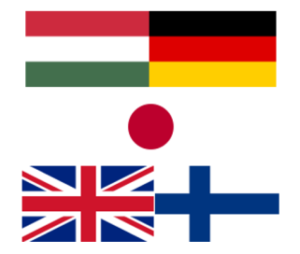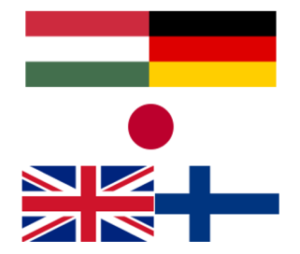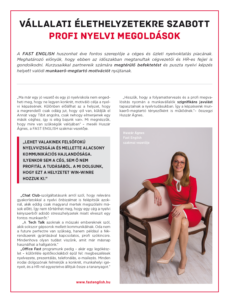
To use or not to use the/an article
A névelő viszonyszó. Nem lehet önálló mondatrész, nem toldalékolható, és többnyire hangsúlytalan. Megelőzi a főnevet vagy a főnévi szerkezetet vagy a főnévi névmást. Alapvetően a határozottság és a határozatlanság, az egyediség és az általánosság, az ismertség és a nem ismertség közötti kontrasztot fejezi ki.




